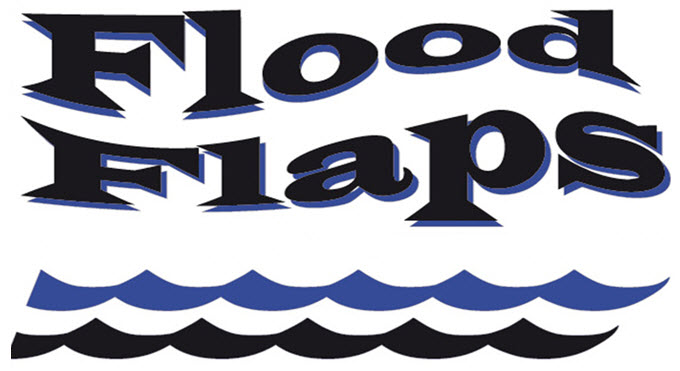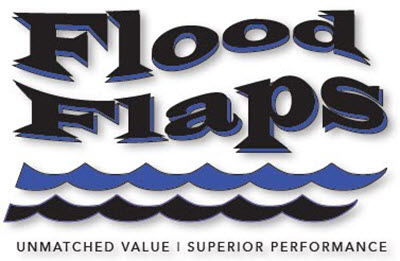Rising flood insurance rates motivate West Pittston activist to seek government relief
Timesleader.com
First Posted: 4:44 pm – September 6th, 2015 Updated: 5:09 pm – September 6th, 2015
Bob Russin braced himself when he recently received the annual flood insurance bill for his West Pittston residence of 30 years.
His payment had gone up $886 last year for a new total of $4,453. The new bill said he now owes another $1,106, bringing his tab to $5,559 and continuing a pattern of 24.8 percent hikes.
“Obviously as the numbers get higher, the increases are bigger, so next year I estimate I will be paying $6,937 with another 24.8 percent increase,” said Russin, who lives in a 4,000-square-foot Victorian on Susquehanna Avenue.
Four years after record Susquehanna River flooding devastated his neighborhood, the options that can help Russin and other borough residents — a levee or elevation of their homes — are still out of reach.
Russin and many of his neighbors continue pushing for a feasibility study to determine if the borough is eligible for a levee, but federal officials may not know until March 2016 if funding is available for that study.
He has completed extensive paperwork trying to obtain some government funding to elevate his home, which he estimates would reduce his flood insurance rates to around $600 to $700 to continue his coverage of $250,000 on the house and $75,000 on contents, with a $2,000 deductible.
If he doesn’t qualify for an elevation grant, Russin said he will be forced to find a way to cover the more than $150,000 cost of jacking up his home. His only guaranteed reimbursement would be $30,000 toward elevation provided by the National Flood Insurance Program.
Russin said some have no sympathy for people who remain in flood zones, but he has lived in his property for three decades and does not believe his still-vibrant community should be wiped out while others downstream are protected by the Wyoming Valley levee.
He and his West Pittston neighbors are as close to the Susquehanna as residents in levee-protected areas but are now forced to pay 10 times more for the same flood insurance coverage, he said.
“Obviously, the reason is that the government has not mitigated our situation in any way as it has done for Forty Fort, Wilkes-Barre and other communities in the Wyoming Valley by means of a levee and/or elevation,” he said. “We’re receiving no equal protection under the law.”
More than 800 structures in West Pittston were damaged when the Susquehanna swelled to a record 42.66 feet from Tropical Storm Lee in September 2011. An estimated 1,500 buildings not protected by a levee in Luzerne County from Duryea to Nescopeck were flooded, causing tens of millions of dollars in damage.

Houses demolished
Around 130 flood-damaged homes have been acquired in the Wyoming Valley since the record flooding, and most have been demolished, said Jim Brozena, a West Pittston resident and engineering consultant who is handling buyout paperwork for several municipalities.
Another 100 properties are expected to be obtained through additional flood recovery funding awarded to the county, he said.
Municipalities must agree to own and maintain buyout properties and keep them undeveloped, which means the land may be used for recreation or kept as open space. For example, Plains Township officials are considering a boat launch along the river in the Plainsville section.
“These buyouts will dramatically change the landscape in some communities,” Brozena said.
Sections of Shickshinny, the Mocanaqua neighborhood of Conyngham Township, Plymouth Township, Jenkins Township and Plainsville will “pretty much disappear” by the time the dust settles, Brozena said.
Most of the bowl-shaped “patch” community of Jenkins Township near the Eighth Street Bridge was leveled, and about a dozen homes along River Street in that area also are being taken down, Brozena said.
While the loss of residents and tax base erosion sting, municipal officials are embracing buyouts to lesson the safety concerns and recovery costs involved with structures that have been repeatedly hit by flooding.
In addition to flood insurance rate hikes, property owners who choose to stay put in high-risk flood zones now face tougher restrictions if they want to build or substantially remodel their structures.

“The main thing is that we’re making major strides in removing people from harm’s way,” said Brozena, who had a lead role in the 2011 flooding response as prior executive director of the county Flood Protection Authority that oversees the Wyoming Valley levee.
